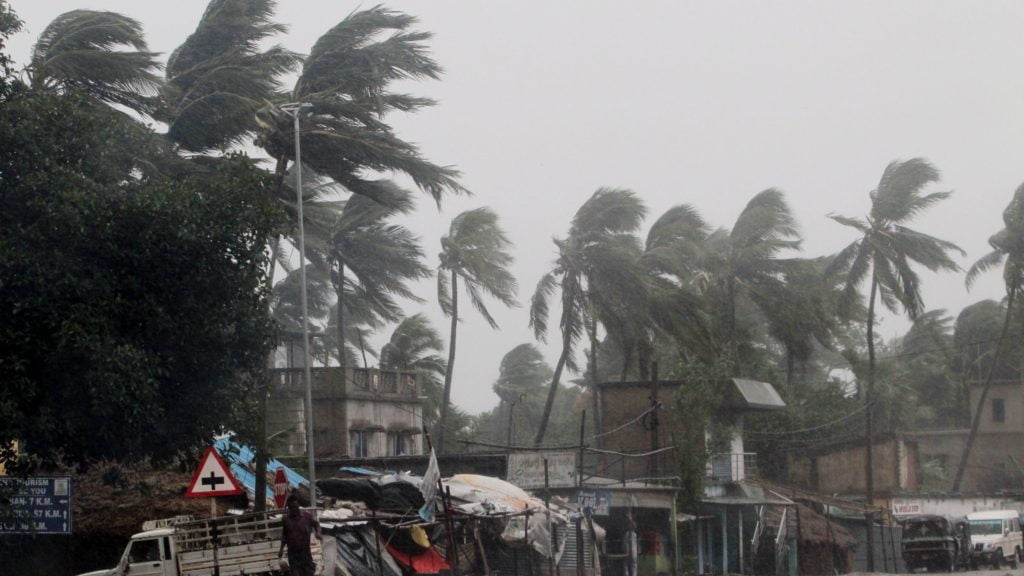
Uprooted trees, broken windows, roofs blown away—locals tell Lounge about their experience of living though one of the worst storms to ever hit the city
A couple of hours later, he gathered the courage to peep out. Everywhere, trees had fallen. “Kolkata is famous for its trees. Some are as old as time. But most in my neighbourhood are no longer standing,” he says. As a result, the roads in the area continue to remain blocked. “No matter what the emergency is, the milk cart always comes by. But for the first time it did not come,” says Chitrakar, who has been unable to check on his brother, though he lives nearby. The day the cyclone struck, the network was down. A day later, it was patchy. The road was blocked with fallen trees.
Still, Chitrakar considers himself lucky as he reads news trickling in from the villages—especially from those in the North and South Parganas—where entire homes were blown away. He is, in fact, more worried about the lockdown. “Cyclones will come and go. But this lockdown has changed life drastically. Paisa aata nahi hai but kharcha hota jaata hai (no money comes in but expenses continue),” he rues.
He hasn’t stopped creating work. Chitrakar is known for combining the traditions of Kalighat painting with contemporary themes drawn from everyday scenes. Today, one can see the impact of covid-19 in his work—with the Bengali babu, his wife and cat practising social distancing, the changing scenes of domesticity, and a crow trying to find a cure for corona.
He is trying to translate his experience with cyclone Amphan on to paper as well. “Abhi soch raha hoon (I am still thinking). I have already got an order from a Bengali collector in London. But it will take some time to accept and assimilate all that has happened during the cyclone. Kalighat patachitra is vyong chitra, full of satire. I am trying to find humour in this tragedy,” he says. —Avantika Bhuyan








